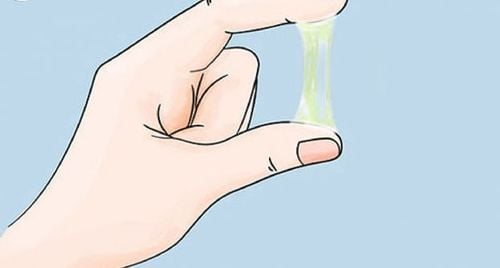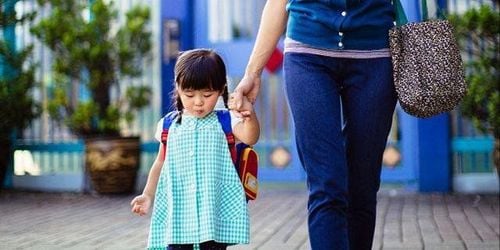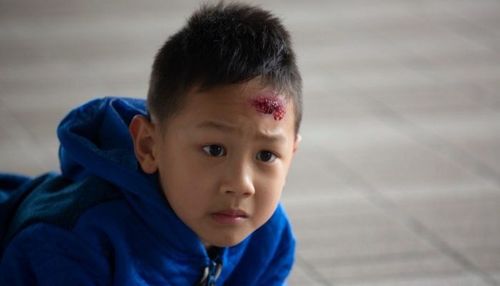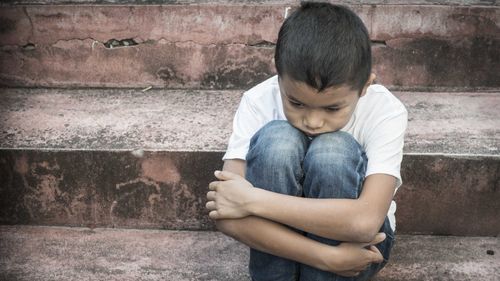This is an automatically translated article.
Posted by Master Tran Ngoc Ly - Psychologist - Unit of Regenerative Medicine Clinic and Educational Psychology
Society is a population, this is the collection of organisms that live within. Human society is divided into many classes, many relationships, many conflicts of creatures (both animals, plants, space, places...) within it. The child's world is also considered a separate social group just like the adult society. And that society greatly affects the personality and cognitive development of children.
1. What is a youth group?
In the simplest terms, a social group is a group of people who share the same goals and norms, have a certain social cohesion, not just a collection of individuals. The conditions for maintaining the group include interests, values, performance, ethnic and social origin, or kinship ties...
As for the group of children, it can be understood that there are many children. children (from 2 children or more) gather together, can perform simultaneously or parallel activities in a space. Between them there is a reciprocal interaction, an exchange, there are shape rules to help the group be formed. According to Maslow's theory of the hierarchy of needs, "group need" is an essential need and one of the "deficiency needs", which needs to be met so that the child does not feel anxious or stressed. . The formation, development and maintenance of children's activities depend on many things in common.
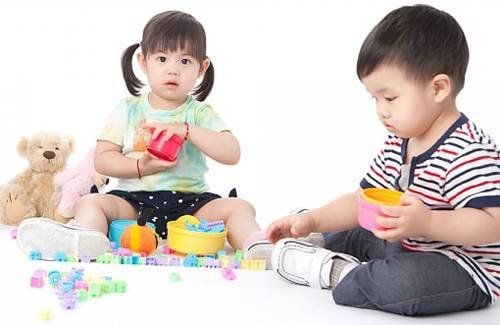
2 . Factors to maintain young group
The formation and maintenance of a young group is due to many factors, some of which can be mentioned below:
First is free time: when all are free for the same amount of time (because there will be children have to eat, have to study or go out with their parents). This “free time” means that the child can play/activate freely during that time or is the parent/caregiver's free time. In some cases, when the caregivers are free, they can let the children play in the yard or play area, which is a condition for the children to meet. During the day, children still have to go to school, so they can only play and meet each other in the afternoon (around 6pm) or in the evening after eating and before bedtime (about 8-10pm) – for group of children near home. In the classrooms, there will be hours of free play designed to alternate with the main lessons. It is during this time that children have the opportunity to freely group together.
The next factor is space: with the space in the apartment, the children meet in the elevator, in the playground or on the way home a lot. In other places, children can meet at the cultural yard or at recess when they go to school, relationships in extra classes, amusement parks, neighborhood playgrounds, etc. Common space, or close proximity of children (being close neighbors, studying in the same class, participating in summer camps, etc.) is a factor in maintaining a long-term group. Especially, with children, groups of children can form at any time, so having a common space and being close together is the easiest element to form a group.
The third thing can be mentioned is the choice of games in the group. The choice of activity will be initiated by a child in the group (games played or taught) or coordinated by an adult. Then comes the role of the characters in the game. During the role-playing and prioritization process, the children's group may be divided into different groups – some will maintain the game started from the beginning, but there will also be a group that splits up to play the game.
For example, the idea of the word "a ball", children may suggest games such as: throwing a ball, kicking a ball, pretending to go to the market to buy a ball... From there things related to the topic or The selected game continues. If starting a group and choosing a game coordinated by an adult is also a good sign. The game administrator will be responsible for choosing activities suitable for the group of children, so that all children understand and can participate in those games. The administrator will also know the compliance level of each child to make appropriate requirements, in order to connect the children in the group together. The end goal is to have a common game and a group of kids that are formed and feel good about it.
The fourth thing that determines the formation of the group is the object of play. The subjects in question are the people you play with the child. Not all children in a group play together and show affection to others equally. There is a feature that should be noted is that there is an equality in age (according to the age division of 3 - 5, age 6 - 9) because these ages have similar interests and interests.
SEE ALSO: The benefits of social interaction manifest through the youth group
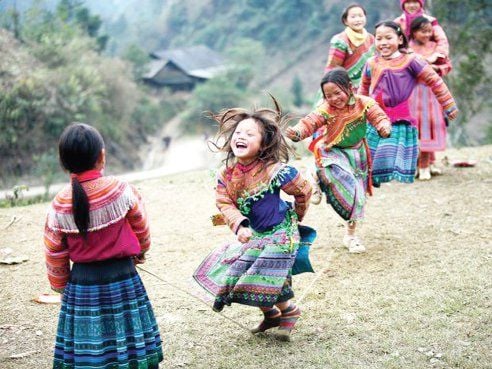
For example, with children around the age of two, children tend to like to explore, so even though they pay attention to other children, they still like to play alone, I am the center, I need to explore the world. But around the age of three or four, children have learned more about the world, have experienced different environments, have learned to play alternately, have learned to yield to others, and have learned to negotiate in exchange to maintain play. . Children from four years of age also prefer role-playing or pretend-play games, with arrangements: playing family members, acting as sales and purchasers, setting the scene in supermarket, classroom setting, amusement park setting, baby care setting... Primary school children like to play fighting games or competitive games with rules like playing cards, playing spinning, playing fighting, playing catch, playing seahorses...
Gender factors also affect children's connection with each other. It can be easily seen that girls tend to play together, boys also tend to play together (from 3 to 6 years old, children have begun to identify their own identity, develop awareness, know distinguishing right from wrong, perception of "me" simple). Children initially distinguish the difference between men and women and choose gender-specific games. Girls tend to like playing role-playing games, pretending, simulating everyday activities that they see with dolls, dogs, cats, other children... Boys tend to choose choose strong motor activities or play fencing, chase, superman... It's not that gender-oriented children will always choose only the games that belong to their gender, but they will play whatever games they find themselves in. known, or initiated. Then, when meeting children of the same sex with the same interests, the division of games and play activities by gender is more clearly demarcated.
Therefore, we cannot ignore the preference factor. Of course, children who like dolls or like to play the role of princess - prince will "catch up" with each other faster and easily become a group. Similarly, children who love to play catch, just have an idea raised and the children will quickly join in. Or when many children are interested in the same toy, it also becomes the object that unites the children. Accordingly, at the next meeting, the common interest will help the children maintain the group, maintain the relationship between the members and thereby make the games more flexible and creative.
Among the above factors, each factor plays an important role in the formation and maintenance of the youth group. The above factors are all equal, none of which is more core than the others. Parents and caregivers can rely on these things to provide children with a happy and comfortable playground, and to help children maintain close social relationships.
Please dial HOTLINE for more information or register for an appointment HERE. Download MyVinmec app to make appointments faster and to manage your bookings easily.





